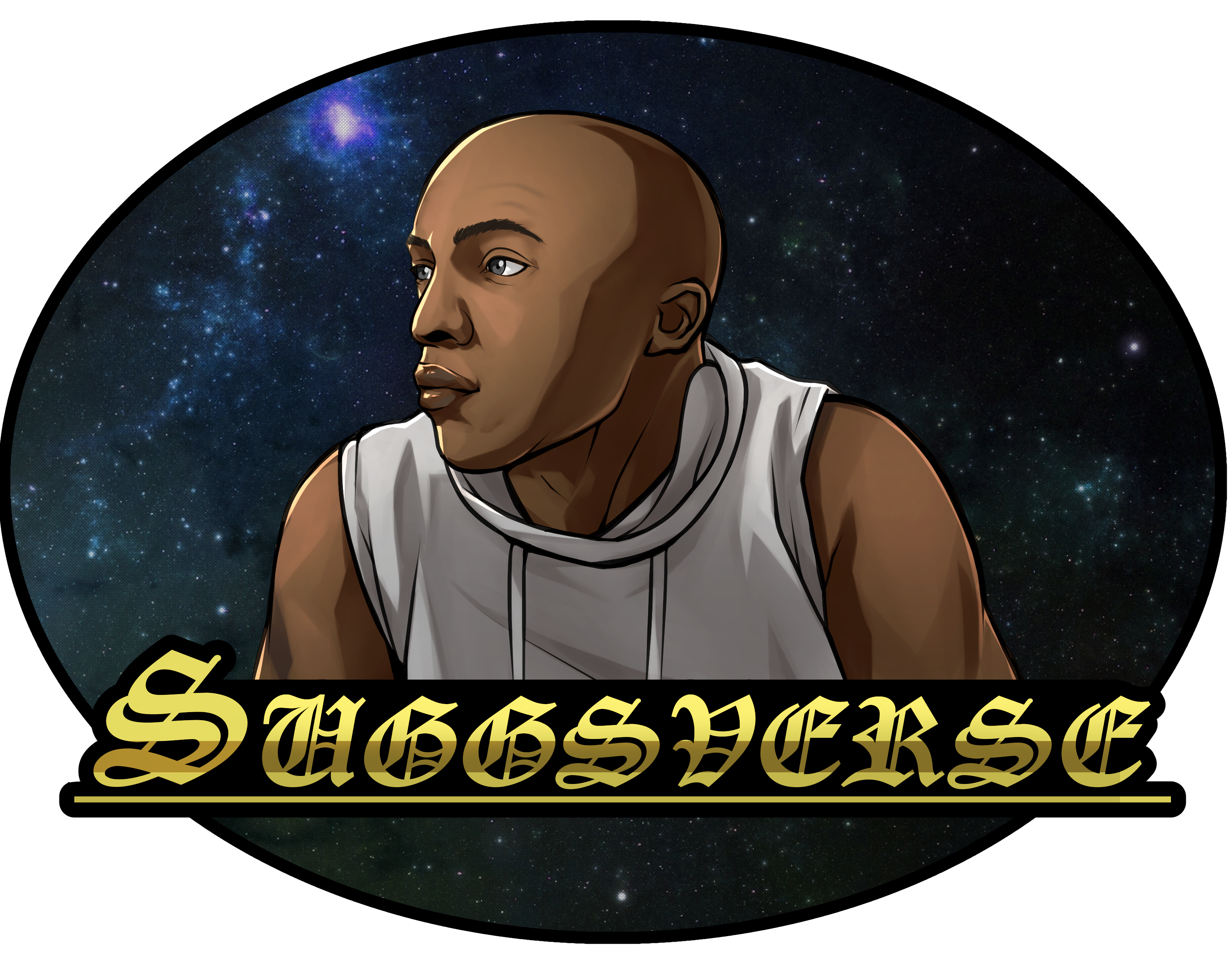Jungian Archetypes
Jungian archetypes refer to the universal, primordial patterns or images that are present in the collective unconscious. The collective unconscious is a reservoir of shared, inherited, and instinctual knowledge and experiences that are common to all beings, transcending literary and individual differences.
Archetypes are archaic symbols and motifs that emerge from the collective unconscious and are expressed in various forms such as myths, dreams, religious and cultural symbols, and art. These archetypes represent fundamental individual experiences, emotions, and motivations, and they shape our perceptions, thoughts, and behaviors at an unconscious level.
Jung identified several archetypes that he considered to be common to all cultures and individuals, including:
- The Self: The archetype of wholeness and integration, representing the unity of the conscious and unconscious aspects of the individual.
- The Shadow: The dark and unconscious aspects of the psyche, representing repressed desires, instincts, and fears.
- The Anima (in men) and Animus (in women): The feminine side of a man's personality and the masculine side of a woman's personality, respectively. They represent the unconscious qualities and characteristics that are opposite to the individual's gender.
- The Persona: The social mask or facade that individuals present to the outside world, often concealing their true selves.
- The Hero: The archetype of the brave and noble warrior or savior, representing the journey of self-discovery, overcoming challenges, and achieving personal transformation.
- The Wise Old Man: The archetype of wisdom, knowledge, and guidance, often represented by an elderly figure.
- The Trickster: The mischievous and disruptive archetype that challenges social norms and conventions, often associated with creativity and transformation.
These archetypes are not fixed or static but can manifest in various forms and combinations depending on individual experiences and cultural contexts. They serve as symbolic representations of deep psychological and spiritual aspects of human nature, and their exploration can provide insights into one's personality, motivations, and personal growth.
There are three components that make up the psyche:
- The ego
- The personal unconscious
- The collective unconscious
The ego represents the conscious mind that contains the awareness of existing and the sense of personal identity. This is where your personality exists and where your thoughts, intuitions, feelings, and sensations are organized. It’s the door between the inner and outer worlds of the psyche.
The personal unconscious is made up of memories that are subliminal, forgotten, and/or repressed. Some of the personal unconscious can be recalled to the conscious mind.
The collective unconscious, also known as the transpersonal unconscious is the idea that there is a universal version of the personal unconscious, which is shared with all other members of the individual species. These shared ancestral memories, born from evolution, are called archetypes and are represented by universal themes that appear in various cultures.
- Archetypes can develop into separate subsystems of the personality through ancestral memories and images.
